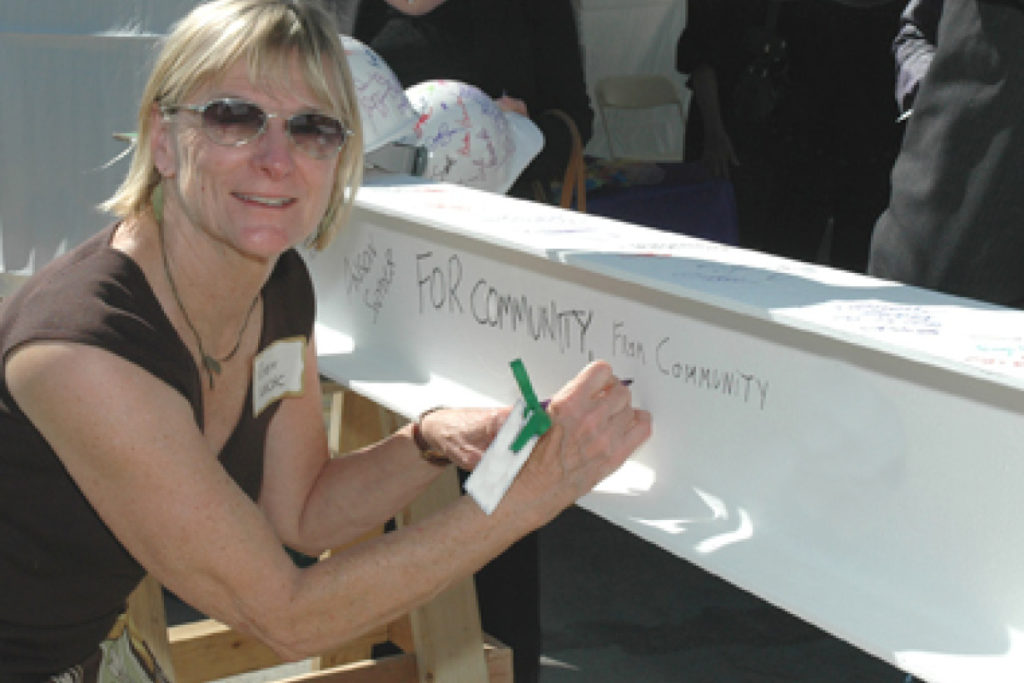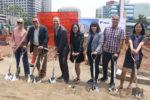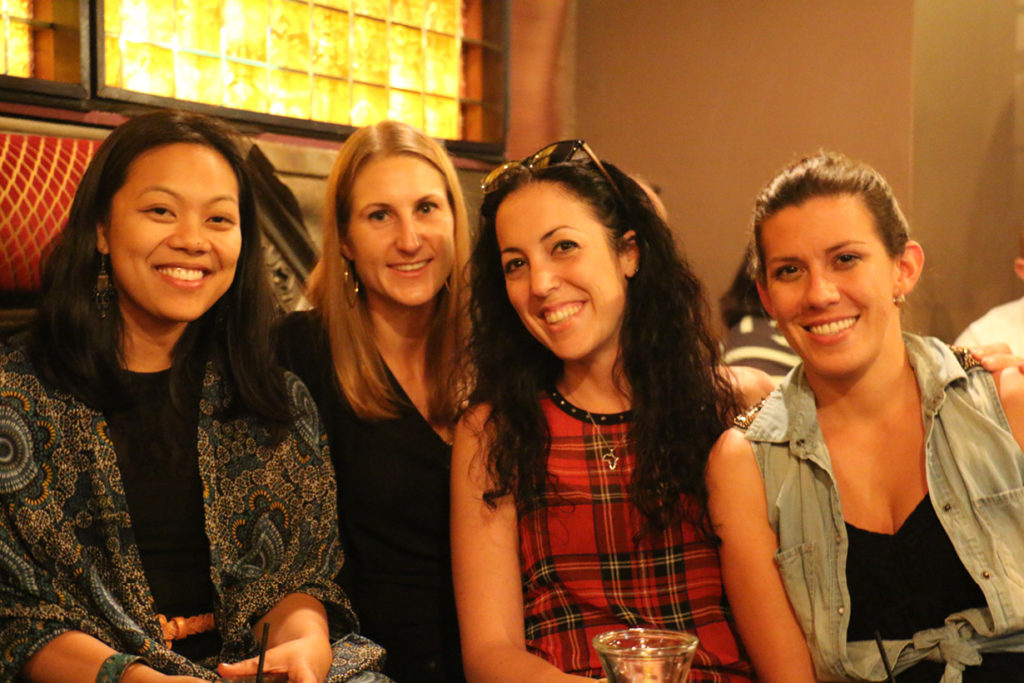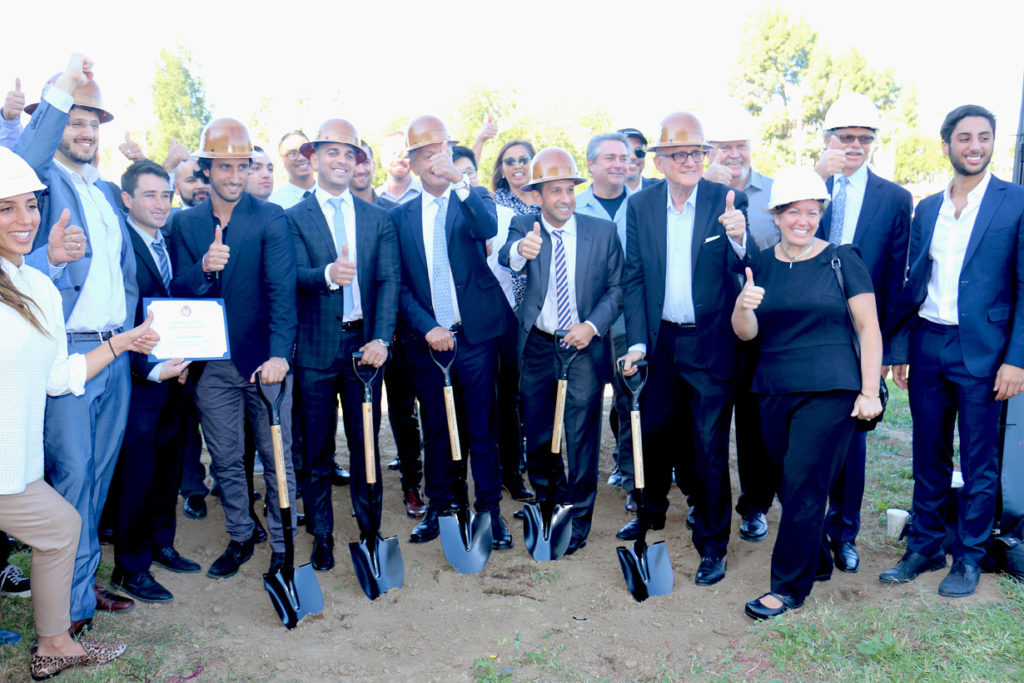Interview conducted by West Hollywood Community Housing Corp.
What are some of WHCHC’s achievements over the past 30 years?
As I look back over the 30 years of providing affordable housing, WHCHC has had a wonderful trajectory. We started out developing housing slowly, and now we develop one, two and sometimes three projects a year, which means that we are fulfilling our mission.
We provide housing for people who desperately need it. Many of the people who come to us have either been living in sub-standard housing, in their cars, or on the streets. We have some residents with disabilities who, before they moved into one of our units, simply couldn’t climb up the stairs to get to their apartments, so they had become virtual shut-ins.
An important historic achievement for WHCHC and for the City of West Hollywood was the development of two permanently affordable housing communities for people with HIV/AIDS during the height of the HIV/AIDS epidemic.
These buildings were some of the first in the country. We now have more than 100 residents with the HIV/AIDS diagnosis living through- out our portfolio, including many long-term survivors whose health
What types of services do your residents require?
We are dedicated to providing secure and creative living environments for people with limited income. In addition to their financial limitations, many of our residents have special needs such as chronic health disorders, mental illness, HIV/AIDS, or are struggling with drug abuse. We also house many older adults who are experiencing the frailty associated with advancing age as well as a new vulnerable population at the other end of the age spectrum, transition age youth (TAY).
Our services are varied and tailored to the issues of each individual resident but they have a common goal, to assist individuals and families to thrive in WHCHC housing. We work with partner agencies to pro- vide specialized services. In order to provide this extensive menu of services we raise money not only from foundation and corporate grants but also from private individuals. It is my job working with our Board of Directors and Director of Resource Development to attract those funds to WHCHC.
What are some of your favorite moments?
It is so satisfying and gratifying when we open new buildings, people bring their belongings, they get their keys and open their door–and they see where they are going to live. It is life- changing.
What are your biggest challenges?
Development of affordable housing is an extremely challenging profession. Sources of financing are complex, difficult to put together and, over the past several years these sources have diminished greatly.
It is important that we stay in the forefront of real estate finance and develop creatively. We are constantly asking ourselves where can we locate new resources and then attract these sources to our development efforts. We have just begun to form partnerships with for-profit developers to build or ac- quire low income housing in market rate complexes.
This is a new way of doing business and fulfilling our mission in an era of diminishing resources.
An ever-present challenge, not only for us but for all developers of affordable housing, whether they are for-profit or non-profit, is what we call “nimby-ism” (not-in-my- back-yard). People are often afraid of change whether it be in the physical character of their community or the people who live there. Neighbors are apprehensive about who their new neighbors are going to be and how they will fit into the neighborhood culture.
Therefore we do a lot of communication with our neighbors during the development process to address their concerns. We show them our other buildings, we talk about our service programs, security protocols and parking considerations. We listen to the community’s design ideas and preferences and incorporate them wherever possible. It is our goal to be an enhancement to the neighborhood.
What kinds of impacts has WHCHC made?
WHCHC has had a significant impact on the availability of quality housing in West Hollywood. We also develop in larger cities like Glendale and the City of Los Angeles. Currently we have about 460 operating units and another 400 units in our development pipeline.
Right now we provide housing for over 700 residents in 17 buildings. But, over the years several thousand people have lived in our apartments. In some cases, families have actually moved out of our buildings and purchased their own homes. Our housing has given them the economic stability they need to transform their lives.
Of what are you most proud?
I am proud of everything we do, but three things stand out: One is of course the buildings. They are beautiful, safe, and they are designed with the residents needs in mind. The second is that we manage these buildings with all of their complex financing and regulation for the long run. The third is that we foster a positive and creative environment for our staff and Board. We have a wonderful group of people who work together and who communicate with each other to build the kinds of housing that is going to be enjoyed for many, many years by the residents we serve.
What do you see for the future of WHCHC?
Honestly, our ultimate goal is to put ourselves out of the real estate development business. One of the important pieces of our mission is to advocate strongly for both the creation of additional and the preservation of existing affordable housing for people and families with income challenges. If affordable housing was available for everyone who needed it–if we didn’t have to do this–it would mean that our mission and vision to have people sustainably housed in the greater Los Angeles area is fulfilled.
Unfortunately I don’t foresee that happening in the near future. In fact, Los Angeles appears to be heading in the opposite direction. But, certainly I predict that WHCHC will continue to grow in a thoughtful and responsible manner, and that we will provide additional and more varied resident services as well as building more housing. We will care for our buildings well into the future; each building has a life of at least 55 years, which provides stability not only to the residents but to the neighborhoods in which our apartment communities are located.
There is a vast collaborative network of housing providers whose missions are similar to ours. We join with them in caring about people who struggle to find or maintain decent housing. We want residents to live happy, healthy lives with promise and fulfillment. The dedication we find throughout our profession is profoundly rewarding, and our mission now and for the future is to provide well designed housing with services for low and very low income individuals and families, many of whom are also challenged by a variety of disabilities and issues which prevent them from securing a decent place to live.







